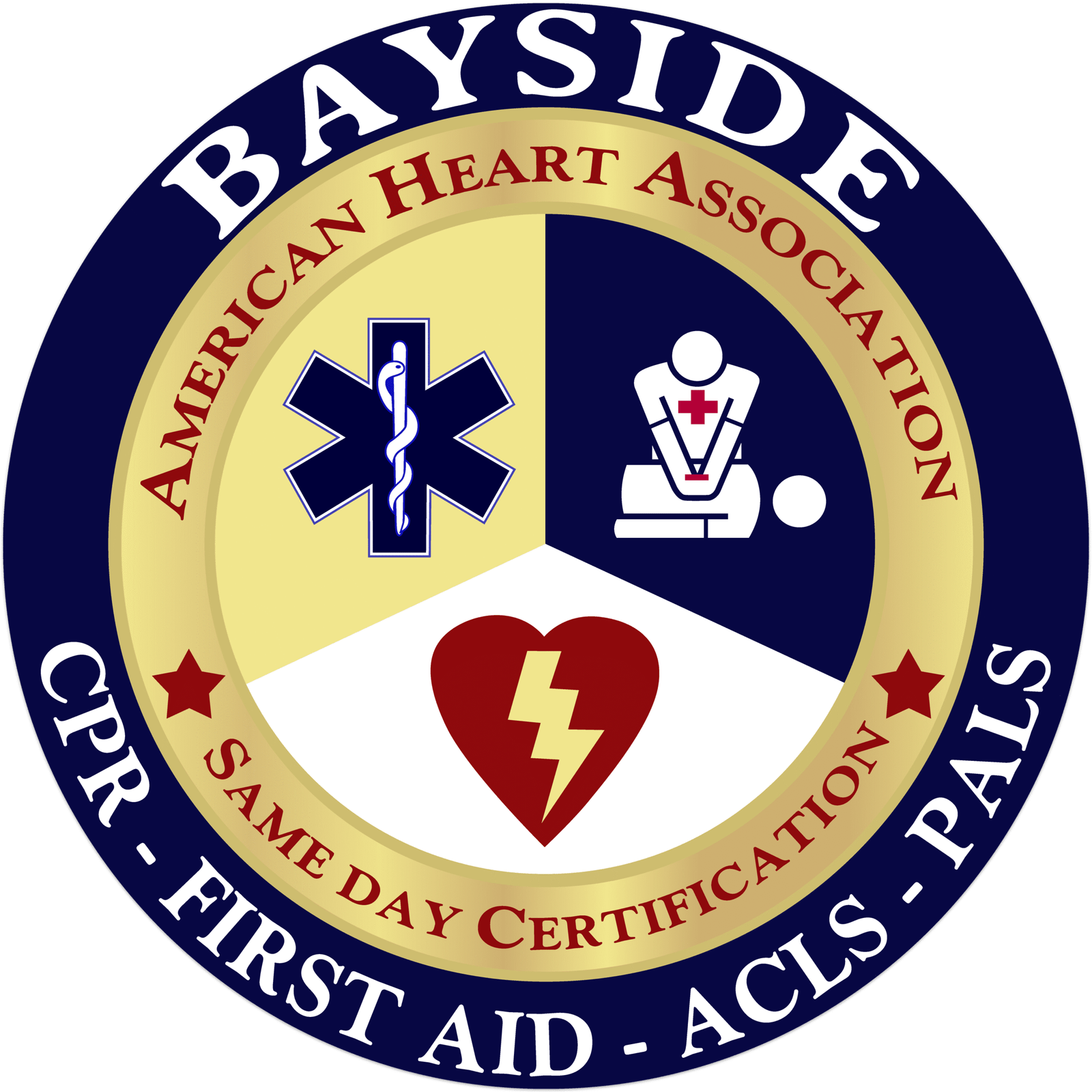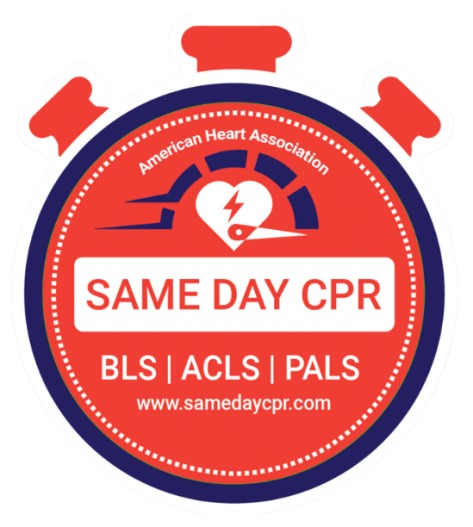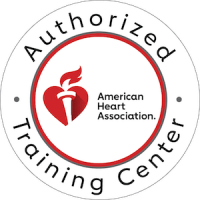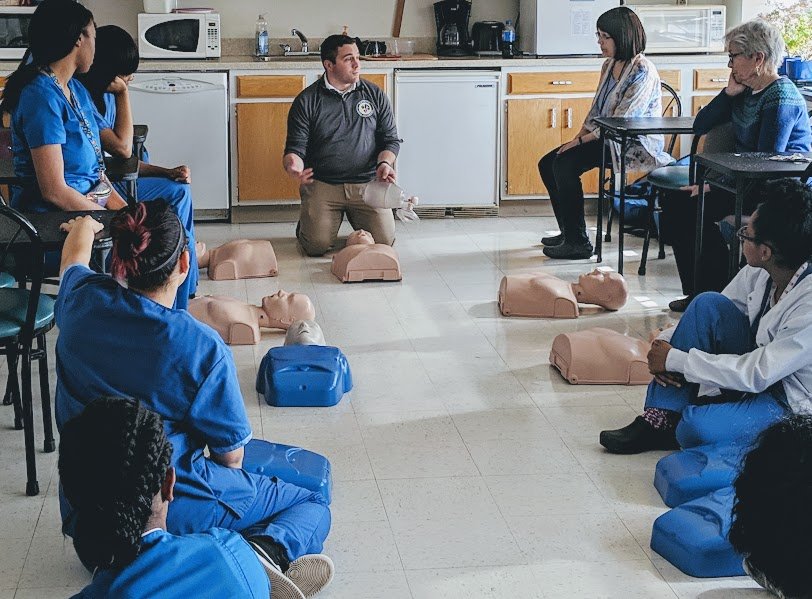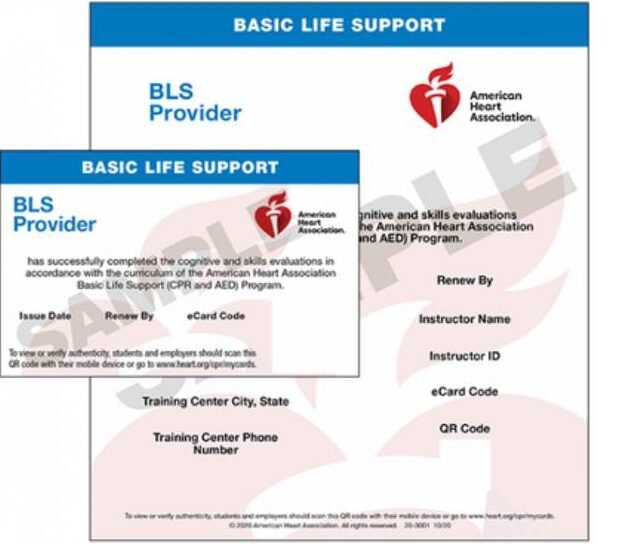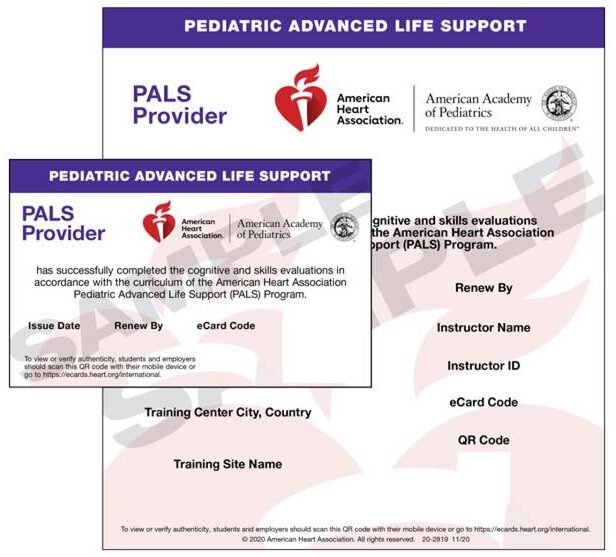When a child is in shock, their body is not getting enough blood and oxygen to the organs, which can quickly become life-threatening. Pediatric patients, especially infants and young children, are particularly vulnerable due to their physiological characteristics, including a relatively larger surface area that leads to faster fluid loss and a limited blood volume that offers less reserve. Treating shock in children requires rapid action to stabilize the heart, ensure oxygen reaches vital organs, and restore normal blood flow. Medical teams focus on identifying the cause, supporting breathing, and administering fluids or medications as needed to prevent organ damage and give the child the best chance to recover fully. Although shock can affect people of all ages, its impact on children is often more severe, making early recognition and intervention critical.
Signs and Symptoms of Pediatric Shock
Shock in children can happen quickly and needs fast attention. Knowing the warning signs helps you act early and keep them safe.
1. Rapid Heartbeat
A child in shock often has a fast heartbeat. Their hearts race to try and pump enough blood to vital organs. You might notice their chest moving quickly or hear a faster pulse at the wrist. This quick heartbeat is the body’s way of trying to keep itself alive.
2. Weak Pulse
The pulse may feel weak or hard to find. Even though the heart is working hard, blood flow is not reaching the arms and legs properly. You might notice the hands or feet feel cooler than usual. A weak pulse is a warning that the body is struggling to deliver oxygen, so it’s important to know what is the preferred method for pulse check in an infant to ensure you assess circulation correctly.
3. Pale or Cool Skin
Skin can look pale, gray, or slightly bluish. The body sends blood to vital organs, leaving the skin with less circulation. Touching their arms or legs may feel colder than normal. This change in skin color is an early clue that something is wrong.
4. Rapid Breathing
Breathing speeds up when a child is in shock. Their chest rises and falls quickly, and their breath may seem shallow. The body is trying to bring in more oxygen to make up for low blood flow. This fast breathing is a signal to act quickly.
5. Lethargy or Weakness
A child may seem unusually tired or have low energy. They might struggle to stay awake or respond slowly. Shock makes the brain and body tired because vital organs aren’t getting enough blood. This lethargy is a serious sign that the body is in distress.
Types of Shock in Pediatric Patients
There are four types of shock in pediatrics: hypovolemic, distributive (with septic shock being the most common form), cardiogenic, and obstructive.
1. Hypovolemic Shock
Hypovolemic shock happens when a child loses a lot of blood or body fluids. Their heart struggles to pump enough blood, and their organs do not get enough oxygen. You might notice a fast heartbeat, pale skin, and tiredness. Treating it quickly with fluids or blood replacement helps the body recover.
2. Distributive Shock
Distributive shock occurs when blood vessels widen too much, and blood cannot reach the organs properly, with septic shock being the most common form. Infections, allergies, or certain medicines can cause this. Children may look flushed or have warm skin but still feel weak. Care focuses on treating the cause and supporting blood pressure.
Also, Read: PALS Septic Shock Algorithm
3. Cardiogenic Shock
Cardiogenic shock happens when the heart cannot pump blood well. It may occur after heart problems or certain illnesses. The child might breathe fast, have a weak pulse, or feel very tired. Doctors focus on helping the heart pump strongly and giving medicines or support as needed.
4. Obstructive Shock
Obstructive shock occurs when something blocks blood flow in the heart or blood vessels. Conditions like severe lung clots or fluid around the heart can cause it. Children often show trouble breathing, low blood pressure, and anxiety. Treatment removes the blockage and helps blood flow return to normal.
Goals of Treating Shock in PALS
When a child goes into shock, quick action can save their life. Treating shock helps the body get enough blood and oxygen to work properly.
1. Stabilize Vital Signs
The first goal in treating shock is to get the child’s vital signs back to a safe range. This means keeping the heart rate, blood pressure, breathing, and oxygen levels steady. When vital signs are stable, the body can focus on healing and responding to treatment. Quick action here prevents the situation from getting worse and gives the medical team a better chance to help the child recover.
2. Improve Tissue Perfusion
Shock means that the body’s tissues are not getting enough blood and oxygen. The goal is to restore proper flow so every organ and cell can work properly. This may include giving fluids, medications, or oxygen. When tissues get the blood and nutrients they need, the child’s energy and organ function improve, which helps the body fight illness or injury more effectively.
3. Identifying and Treating Underlying Causes
It is important to find out what caused the shock in the first place. Whether it is an infection, an allergic reaction, or severe blood loss, treating the root problem is essential. By addressing the source, doctors prevent the shock from coming back and help the child recover faster. Understanding the cause also guides the right treatments and keeps complications from developing.
4. Prevent Complications
Shock can quickly lead to serious problems like organ damage or brain injury if it is not treated well. The goal is to protect the heart, kidneys, lungs, and other organs while care is given. Monitoring closely and acting early reduces the risk of these dangerous outcomes. Preventing complications makes recovery smoother and keeps the child safer.
5. Optimize Outcomes
The ultimate goal is to help the child return to normal health as fully as possible. This includes supporting recovery in the hospital and planning care for after discharge. By stabilizing the child, treating the cause, and preventing problems, doctors give the best chance for long-term wellness. Optimizing outcomes means the child can get back to their normal activities safely and quickly.
Key Takeaways in Pediatric Shock Management
Treating shock in children is all about acting quickly and giving the body what it needs to work properly. The main goals are to stabilize vital signs, make sure blood and oxygen reach the organs, and find out what caused the problem. By giving the right fluids, medications, and support, doctors can prevent serious complications and help the child recover faster. Early recognition, careful monitoring, and prompt treatment make a big difference, giving each child the best chance to get back to their normal energy and activities safely. In the end, quick action and focused care can truly save a young life.
